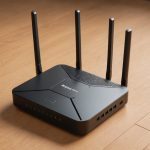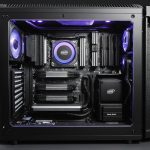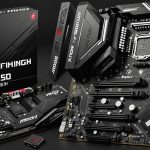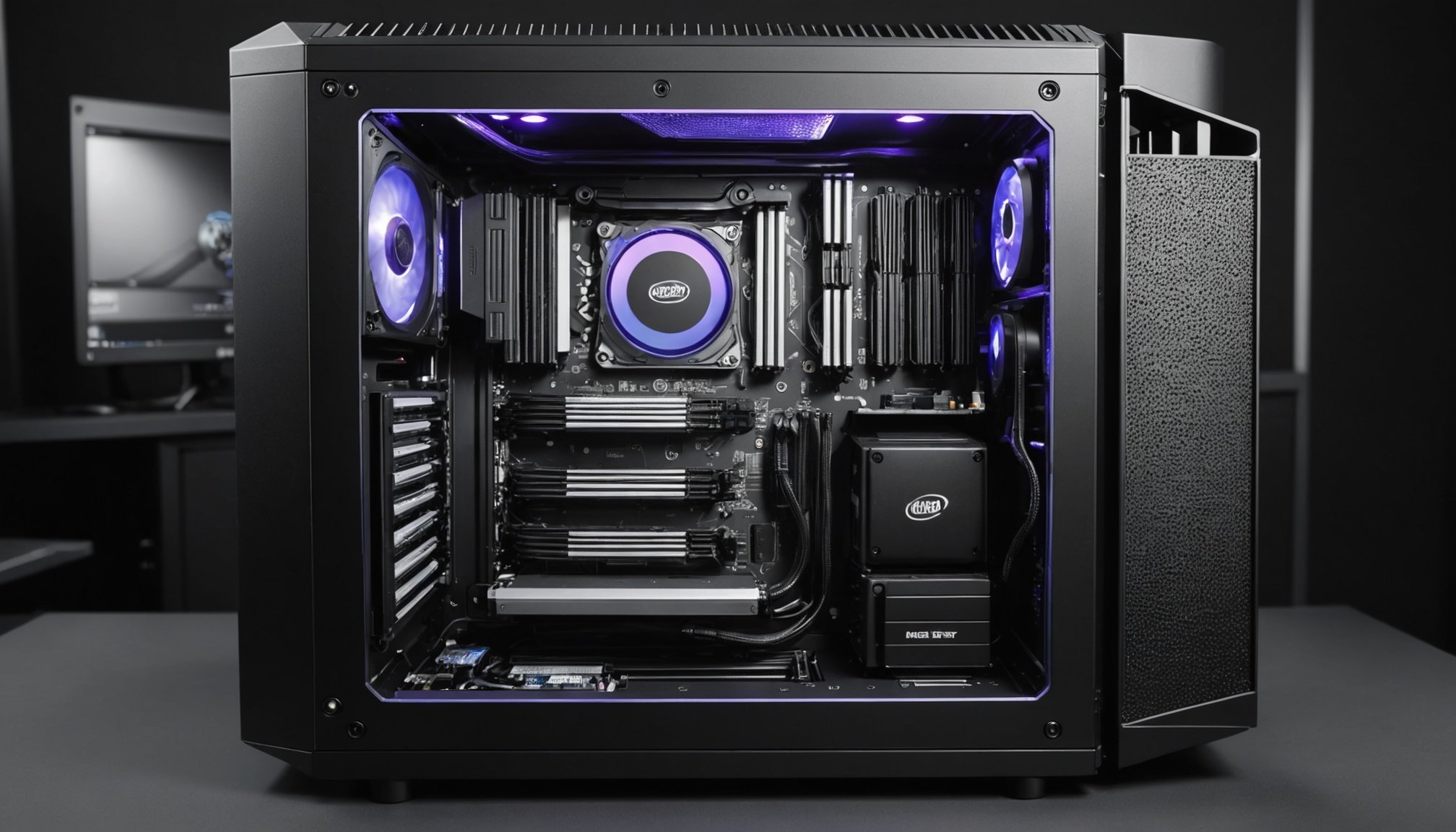Compatibility Check for Liquid Cooling Systems
Ensuring compatibility of a liquid cooling system is crucial for maintaining optimal system stability. Particularly with the Cooler Master MasterBox NR600, it’s imperative to understand space limitations to accommodate cooling solutions efficiently. One must evaluate dimensions and available space prior to selecting a cooler.
When contemplating liquid cooling compatibility with the Intel Core i9, there are specific models that align well with the MasterBox NR600’s design. Adequate cooling support in this case requires an assessment of radiator sizes and varying model specifications. The MasterBox NR600 provides a versatile slate for installation; nevertheless, it is essential to consider the housing space for additional components like pumps and tubing.
Also to see : Unlocking Peak Performance: Essential BIOS Adjustments for Your MSI MEG Z490 Unify Motherboard
Recommended liquid cooling systems suitable for Intel Core i9 include both All-in-One (AIO) and custom loop solutions. These models are preferred due to their efficiency in dissipating heat while ensuring the processor remains cool during heavy tasks. AIO solutions offer straightforward installation and maintenance, contrasting with custom loops which offer personalised installation at the cost of more intricate setups.
Being mindful of these elements facilitates a smoother installation process and ensures optimal performance of your Intel Core i9 processor.
Have you seen this : Ultimate Guide to Configuring VoIP: Seamlessly Connect Cisco SPA112 with Synology NAS
Recommended Liquid Cooling Models
Selecting the right liquid cooling models for your Intel Core i9 is crucial for maintaining top-notch performance and system stability. When exploring cooling solutions, it’s important to consider both performance liquid cooling and ease of integration with your system, like the MasterBox NR600.
Among the top liquid coolers, All-in-One (AIO) models offer simplicity with pre-filled and sealed systems—ideal for users preferring straightforward setups. These come equipped with factors like pump efficiency and noise levels that maintain optimal temperatures with minimal maintenance. Popular AIO coolers known for their quiet operation and robust performance include models like the NZXT Kraken series and Corsair Hydro series.
Conversely, custom loop liquid cooling provides the ultimate in customization. It enables users to build a cooling system tailored precisely to their needs. Custom loops offer superior cooling performance and aesthetic flexibility but demand more expertise due to their intricate setup. Key features—such as larger radiators for enhanced cooling capacity and custom tubing—aid in achieving lower temperatures under heavy loads, benefiting high-performance tasks.
Both AIO and custom solutions cater uniquely to users’ performance liquid cooling needs. The consideration of radiator size, pump efficiency, and noise levels will ensure the Intel Core i9 remains cool, even under stress.
Step-by-Step Installation Procedure
Installing a liquid cooling system like the Cooler Master NR600 requires a careful approach to ensure optimal performance. Liquid cooling installation starts with gathering all necessary tools and materials, such as screwdrivers, thermal paste, and the specific cooler components.
Before starting, ensure you have a comprehensive installation guide to refer to specific model requirements. Begin by assembling the radiator and fan units, ensuring they’re securely mounted within the MasterBox NR600 case. This step requires attention to dimensions and clearances to avoid obstruction with other components.
Next, attach the pump and tubing. Avoid making overly tight bends to prevent stress on the connections. Tips for avoiding common installation errors include checking all mounts and fittings for secure placement and ensuring no kinks in tubing.
Connect the power leads to the appropriate motherboard headers and double-check all connections. This includes securing the cooler block over the CPU with thermal paste applied evenly. Final checks should focus on potential leak points and system boot tests to monitor liquid flow and thermal response effectively.
With the right tools and a methodical approach, your Cooler Master NR600 can offer reliable cooling performance, enhancing the longevity and efficiency of your Intel Core i9 processor.
Troubleshooting Common Issues
When facing liquid cooling troubleshooting scenarios, it is vital to identify signs of incorrect installation promptly. Common indicators include unusual CPU temperatures, inconsistent fan speeds, or leakage concerns. Addressing these issues swiftly can prevent significant system damage and maintain optimal performance.
Installation problems typically arise from poor component connections or misaligned fittings. Ensure all hardware, such as the pump and tubing, are securely fastened and free from kinks or obstructions. Inspect gaskets and seals for wear or damage to avoid leaks. Missteps during initial assembly can lead to inadequate cooling capacity or operational inefficiencies.
Performance issues such as thermal spikes might indicate restricted coolant flow or inadequate radiator size. In these cases, verify that the radiator fins are clean and unobstructed. Check for trapped air bubbles in the cooling loop, which can diminish thermal transfer efficiency.
Utilising monitoring software alongside hardware oversight is crucial. It enables users to track real-time system metrics and detect anomalies early. By integrating both software and hardware solutions, you can ensure the reliability and effectiveness of your liquid cooling setup, reducing potential risks and prolonging the lifespan of your cooling solution.
Performance Benchmarks and Efficiency Improvements
Optimising performance benchmarks is vital for achieving high cooling efficiency with Intel Core i9 processors. Testing under realistic loads provides insightful data on thermal responses, helping refine cooling strategies. Effective benchmarking involves evaluating processor performance under varying conditions to gauge cooling effectiveness.
Real-world scenarios reveal how well cooling systems maintain processor temperatures during demanding tasks. By simulating intensive applications or gaming sessions, one can assess if cooling solutions uphold stability. These tests highlight the interplay between precision engineering and thermal management, ensuring robust system performance.
Maintenance plays a crucial role in maximising cooling efficiency. Regular cleaning of radiator fins and fans prevents dust buildup, enhancing airflow. Periodic checking for leaks and ensuring coolant levels remain optimal can significantly prolong the cooling system’s lifespan.
To boost cooling efficiency, consider these proactive measures:
- Inspect thermal paste application; reapply if necessary.
- Monitor coolant colour for signs of degradation.
- Evaluate pump operation for any irregularities.
Implementing these tips ensures sustained performance and prevents overheating, crucial for extending the Intel Core i9 performance capabilities. Incorporating these practices will not only maintain but also improve system efficiency, safeguarding against potential thermal issues.
Maintenance and Upkeep of Liquid Cooling Systems
Ensuring the longevity of your liquid cooling systems through regular maintenance and upkeep procedures is critical for optimal performance. A consistent maintenance schedule can significantly influence the efficiency and lifespan of your cooling setup.
Recommended maintenance schedule:
- Inspect and clean radiator fins and fans every three months to prevent dust buildup, which can obstruct airflow and reduce cooling efficiency.
- Check coolant levels bi-annually, as low levels can impair heat dissipation.
- Examine all connections for leaks, ensuring no wear or damage that might compromise the system’s integrity.
Signs that a liquid cooling system requires attention include an unusual rise in CPU temperatures or an increase in system noise, indicating either airflow obstructions or component malfunction. Visual inspection for coolant leaks or corrosion can further pinpoint issues needing immediate resolution.
For enhancing the lifespan of cooling solutions, use quality products such as reliable thermal paste and effective coolant solutions. Non-conductive coolants can safeguard components from potential short circuits due to leaks.
Adhering to these upkeep procedures not only maximizes system efficiency but also prevents unforeseen failures, maintaining your system’s stability over time. Keeping vigilant with maintenance ensures your liquid cooling system operates optimally, safeguarding your Intel Core i9 processor.











